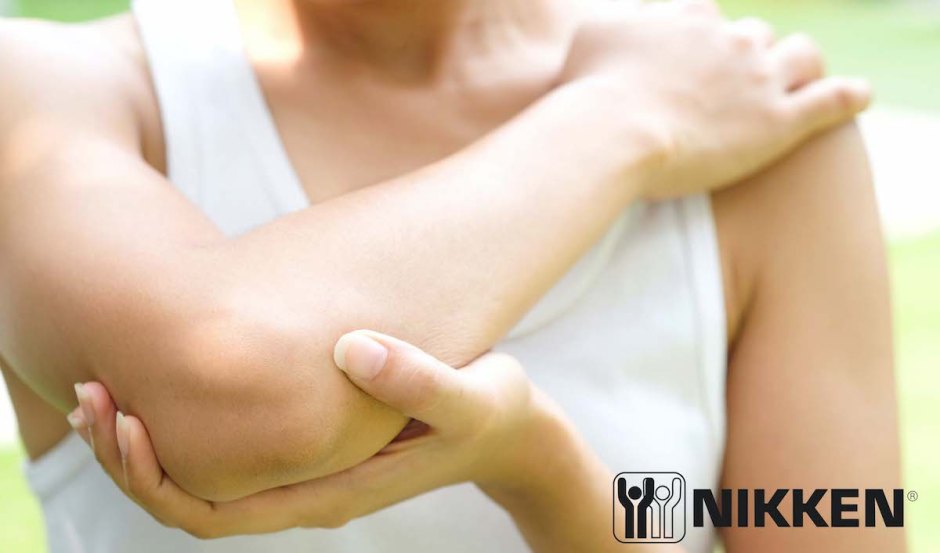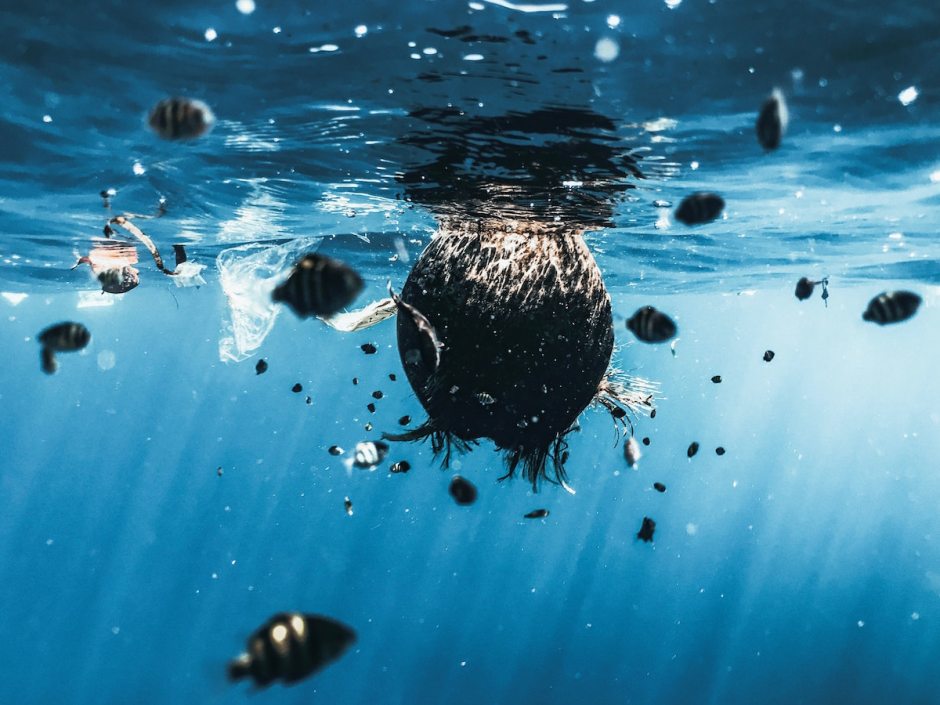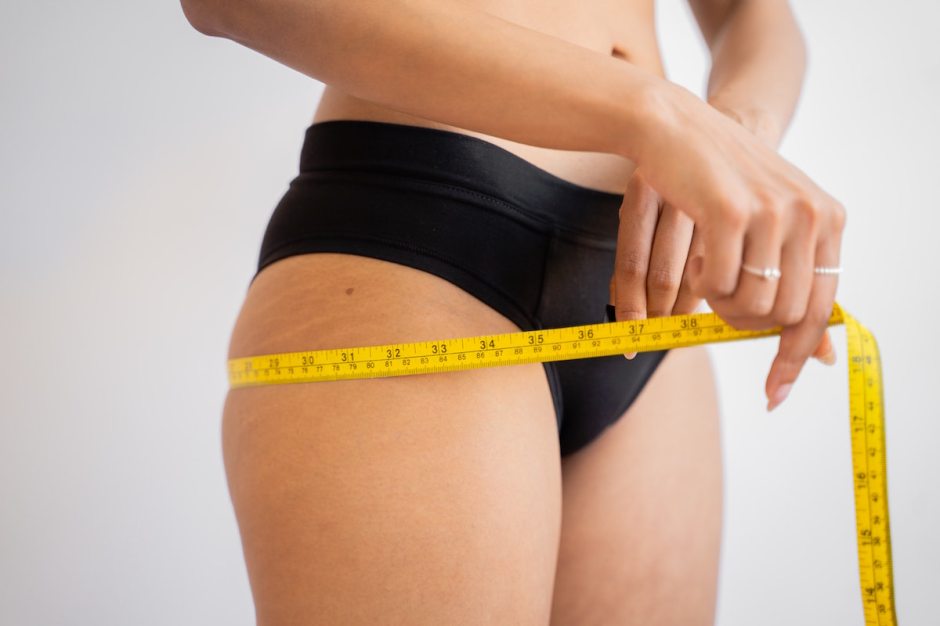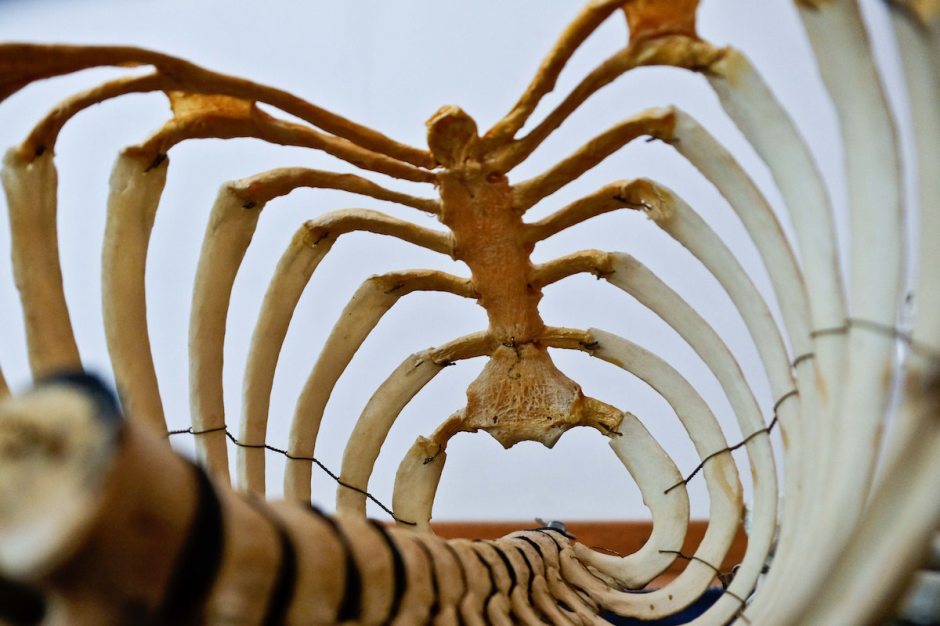Black Friday Then and Now
The true origin of the post-Thanksgiving Black Friday lies in the sense of black meaning “marked by disaster or misfortune.” In the 1950s, factory managers first started referring to the Friday after Thanksgiving as Black Friday because so many of their workers decided to falsely call in sick, thus extending the holiday weekend. About 10 years later, Black Friday was used by Philadelphia traffic cops to describe the day after Thanksgiving because they had to work 12-hour shifts in terrible traffic. Soon, the term caught on among shoppers and merchants in Philadelphia, and from there it took off nationwide.1
The 1980s brought the mythology of Black Friday as we know it today. While the phrases in the black and in the red are used in the business world to describe profits and losses, this explanation for one of the busiest shopping days of the year only came about in the 1980s, about 20 years after the phrase Black Friday was in regular use.2
In more recent years, global retailers have adopted “Black Friday” as the term and date to market their holiday sales. Here are some interesting facts about Black Friday:
- Canadians often traveled over the border into the U.S. for Black Friday bargains. To curtail this, Canadian retailers began holding Black Friday specials of their own. The year 2012 saw the biggest Black Friday to date in Canada.3
- Traditionally, Boxing Day had been considered the biggest shopping day of the year in the UK. In the 2010s, several American-owned retailers began to hold U.S.-style Black Friday promotions. As a result, more and more British retailers adopted the concept.4
- In Welsh, Black Friday is known as “Dydd Gwener y Gwario Gwirion” (Silly Spending Friday).5
- In Mexico, Black Friday was the inspiration for the government and retailing industry to create an annual weekend of discounts and extended credit terms. Known as El Buen Fin, meaning “the good weekend” in Spanish, it began in 2011. It takes place on November in the weekend prior to the Monday in which the Mexican Revolution holiday is pushed from its original date of November 20.6
- In Germany, the term “Black Friday” was registered as a wordmark in December 2013. Black Friday GmbH is the exclusive licensee of the wordmark in Germany.7
- Traditionally Black Friday is now a regular event in the U.S., Canada, United Kingdom, South Africa, Ireland, Australia, Germany, Italy, New Zealand, Africa, Benelux, Sweden, Brazil, Mexico and increasingly many other parts of the world.8
This year, as a way to express our gratitude, Nikken is offering Nikken Consultants and Registered Customers free ground shipping on all orders through December 17, 2021. Thank you from the bottom of our hearts.
For ordering and more information contact:
www.nikken.com/na/jsj







